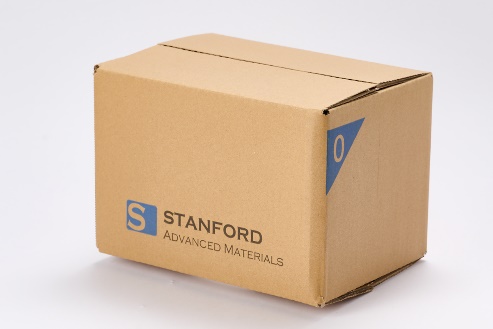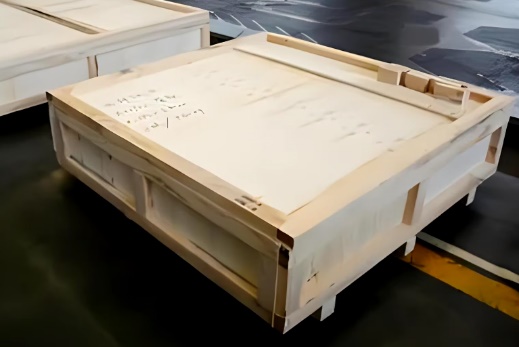LiFePO4 Single-Side Coated Aluminum Foil Description
LiFePO₄ (LFP) Single-Side Coated
Aluminum Foil is a widely used cathode material in lithium-ion battery research
and development, valued for its outstanding thermal stability, safety, and long
cycle life. This material consists of a uniform layer of lithium iron phosphate
coated on one side of a high-purity aluminum foil current collector. The
single-sided design is especially useful for experimental applications,
enabling easier assembly in coin cells and pouch cells, and allowing precise
control over electrode loading and configuration.
The LFP coating offers a stable
discharge voltage around 3.2–3.4 V and excellent cycling performance, making it
suitable for high-safety, moderate-energy-density battery designs. Its robust
olivine crystal structure contributes to superior thermal and chemical
stability, greatly reducing the risk of thermal runaway, which is a key advantage
over other cathode chemistries.
Manufacturing begins with a slurry
made from LFP powder, conductive carbon (e.g., Super P), and a binder such as
PVDF in NMP solvent. This slurry is applied to one side of aluminum foil using
controlled coating methods, then dried and calendared to optimize mechanical
strength and electrode density. The final product is slit or punched into
discs, ready for use in laboratory-scale cells, performance testing, or
early-stage product development.
LiFePO4 Single-Side Coated Aluminum Foil Applications
1. Battery Research & Development: Widely used in labs
for coin cells, pouch cells, and cylindrical cells to test cathode performance
and optimize formulations.
2. Prototype Lithium-Ion Batteries: Suitable for early-stage
product development requiring reliable and consistent cathode behavior.
3. Electric Vehicles (EVs): Applicable in battery designs
that prioritize thermal safety and long cycle life, such as for electric cars,
buses, and scooters.
4. Energy Storage Systems (ESS): Used in stationary
applications like solar energy storage and grid balancing systems, where safety
and longevity are crucial.
5. Backup Power Systems: Ideal for UPS (uninterruptible
power supply) systems requiring stable voltage and long-term reliability.
6. Medical Devices & Industrial Tools: Supports power
solutions where battery stability and safety are critical.
7. Educational and Training Use: Employed in academic
settings to teach lithium-ion battery fabrication and testing.
LiFePO4 Single-Side Coated Aluminum Foil Packaging
Our products are packaged in customized cartons of various
sizes based on the material dimensions. Small items are securely packed in PP
boxes, while larger items are placed in custom wooden crates. We ensure strict
adherence to packaging customization and the use of appropriate cushioning
materials to provide optimal protection during transportation.


Packaging: Carton, Wooden Box, or Customized.
Kindly review the packaging
details provided for your reference.
Manufacturing Process
1. Testing Method
(1) Chemical Composition Analysis - Verified using techniques
such as GDMS or XRF to ensure compliance with purity requirements.
(2) Mechanical Properties Testing - Includes tensile strength,
yield strength, and elongation tests to assess material performance.
(3) Dimensional Inspection - Measures thickness, width, and
length to ensure adherence to specified tolerances.
(4) Surface Quality Inspection - Checks for defects such as
scratches, cracks, or inclusions through visual and ultrasonic examination.
(5) Hardness Testing - Determines material hardness to confirm
uniformity and mechanical reliability.
Please refer to the SAM testing procedures for detailed information.
LiFePO4 Single-Side Coated Aluminum Foil FAQs
Q1. What is the main advantage of LiFePO₄ over other
cathode materials?
LiFePO₄ offers excellent thermal stability, non-toxicity,
long cycle life, and strong safety performance compared to materials like NMC
or LCO.
Q2. Why is the foil coated on only one side?
Single-side coating is ideal for laboratory testing, coin
cell assembly, and controlled experiments where precision in material loading
and electrochemical analysis is important.
Q3. What is the role of aluminum foil in this product?
Aluminum foil serves as a lightweight, conductive current
collector that supports the cathode layer and ensures efficient electron
transport.
Related Information
1. Common Preparation Methods
The preparation of LiFePO₄
Single-Side Coated Aluminum Foil involves creating a homogeneous slurry by
mixing lithium iron phosphate (LiFePO₄) powder with conductive carbon (such as Super
P) and a binder like polyvinylidene fluoride (PVDF) in a solvent, typically
N-methyl-2-pyrrolidone (NMP). This slurry is thoroughly mixed to achieve
uniform dispersion and optimal viscosity for coating. The mixture is then
uniformly applied onto one side of high-purity aluminum foil using techniques
such as doctor blade or slot-die coating. After coating, the foil is dried in a
vacuum or convection oven to evaporate the solvent, leaving a solid active
material layer. The dried electrode is then calendared to improve density,
mechanical integrity, and electrochemical performance. Finally, the coated foil
is cut or punched into specific sizes or shapes, such as discs or sheets, for
use in lithium-ion battery assembly and research.